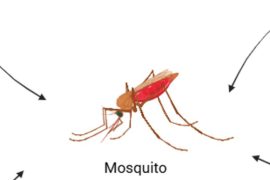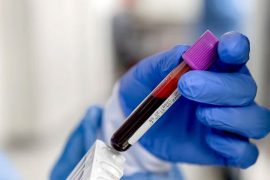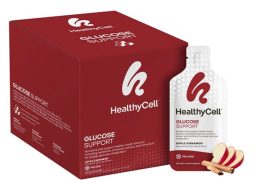The COVID-19 pandemic caused by the SARS-CoV-2 virus has had a significant impact on global health. While most individuals with COVID-19 experience mild symptoms and recover within weeks, some may develop severe illness, including pneumonia, which can be life-threatening. Currently, diagnostic and prognostic tools for assessing the severity of COVID-19 often rely on expensive and less accessible imaging technologies like radiography, ultrasonography, or computed tomography (CT). However, there is a need for simpler and more readily available tools to identify individuals at risk of developing severe disease.
To address this need, a research team led by IBEC (Institute for Bioengineering of Catalonia) and Hospital del Mar, with support from the Universitat Politècnica de Catalunya (UPC), CIBER-BBN, and CIBERES, conducted a study focused on analyzing and interpreting cough sounds as a potential prognostic tool.
The study involved recording cough sounds from 70 COVID-19 patients using smartphones, all within the first 24 hours of their hospitalization. IBEC conducted an acoustic analysis of these cough recordings, revealing significant differences in cough sounds based on the severity of respiratory illness, as confirmed by imaging tests and the need for supplemental oxygen. The findings suggest that this approach could be used to categorize COVID-19 patients into mild, moderate, or severe cases and to monitor individuals with chronic COVID-19.
This research, conducted between April 2020 and May 2021 at Hospital del Mar, offers a promising and potentially predictive tool for assessing the risk of severe pneumonia in COVID-19 patients. It could simplify patient triage, allowing for earlier intervention, even in primary care settings or at home. The results of the study were published in the European Respiratory Journal Open Research, demonstrating the potential utility of analyzing cough sounds as a straightforward and user-friendly method for assessing the severity of COVID-19.
Disclaimer:
The information contained in this article is for educational and informational purposes only and is not intended as a health advice. We would ask you to consult a qualified professional or medical expert to gain additional knowledge before you choose to consume any product or perform any exercise.







